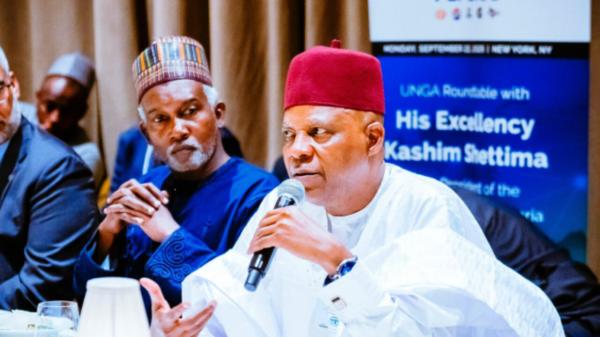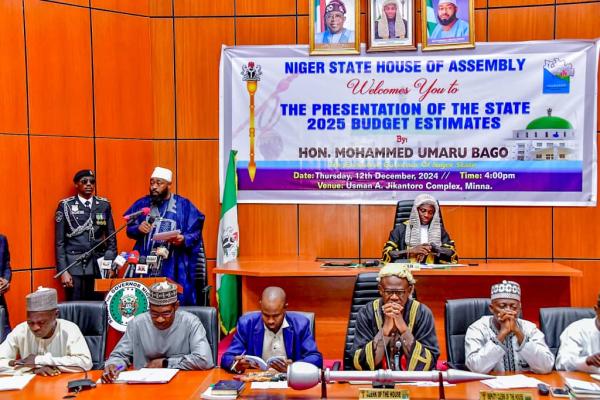
The Australian mining company Triton Minerals on Monday announced that it is pursuing a strategy of adding value to its graphite reserves in the northern Mozambican province of Cabo Delgado.
The company‘s Nicanda Hill project holds the world's largest known graphite deposit. However, before mining begins it needs to complete a Definitive Feasibility Study (DFS) looking at the viability of the project.
Thus, Triton has carried out an economic study which confirmed the advantages of manufacturing graphite products at Nicanda Hill. It found that the financial returns from producing high value products such as graphite composite material, graphite sheets and foils, spherical graphite and possibility graphene will yield a vastly increased profit margin.
In addition, the company would be eligible for significant tax and tariff advantages that are not available to mining only operations.
According to Triton's managing director, Brad Boyle, “the recent confirmation that Triton can produce a wide range of high quality graphite products places Triton in a unique position to supply a broad and diverse market base”.
The company added that the strong support of Mozambique's government will allow Triton to rapidly advance all the projects and operations. It stressed that the strategy aligns with the new fiscal and mining regimes of the Mozambique government and provides Triton the advantage of obtaining a number of development incentives and rebates.
It concluded that it aims to offer the world's lowest cost and most diversified graphite product range together with the longevity of a reliable supply of premium quality flake graphite.
Last week the company revealed that it has successfully produced commercial grade graphene oxide from graphite extracted from its projects in Mozambique. This took place in an independent laboratory in Singapore.
Graphene has been heralded as a “miracle material” for its special properties. It is the strongest material ever measured and has truly vast potential for use in the electronics industry.
Graphene is a layer of carbon one atom thick. It is the best conductor of heat and electricity ever discovered. In addition, it is being studied for applications in spintronics, a field of physics looking at the behaviour of electrons. This could lead to exciting new advances in quantum computing.
The huge potential is enhanced by graphene's flexibility and its ability to be woven into complex structures. Furthermore, it can be added to ink and used to print electrodes.
Graphene also offers a solution to the modern day problem of battery life in mobile technology. Whilst current batteries in devices such as mobile phones and laptops take hours to charge, supercapacitors made from graphene could be charged in minutes and would be much thinner and lighter.
Graphite is highly valued due to its properties as a conductor of electricity. It is used in batteries and fuel cells. It is also used for flame retardants, thermal conductivity additives and sealing materials in high pressure environments.






















